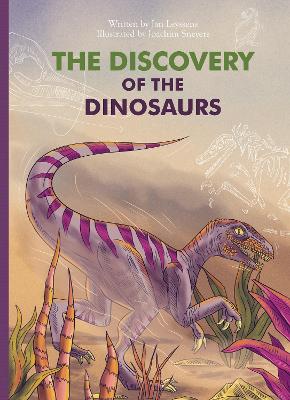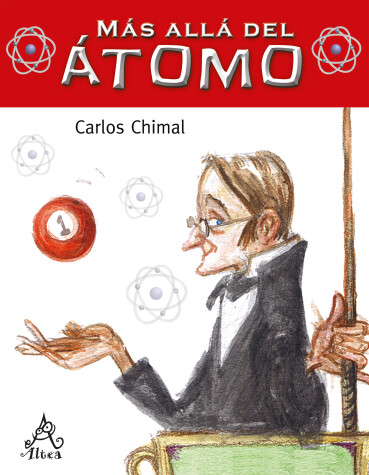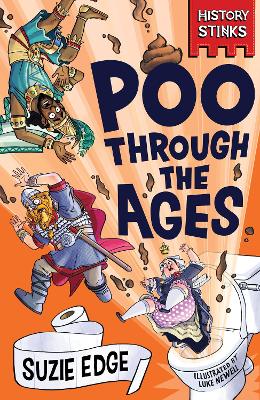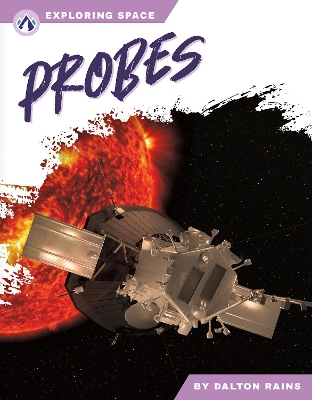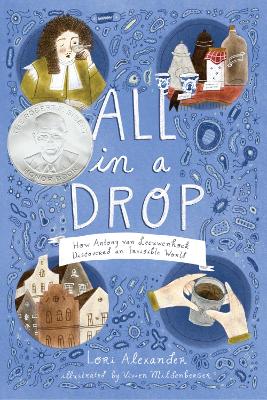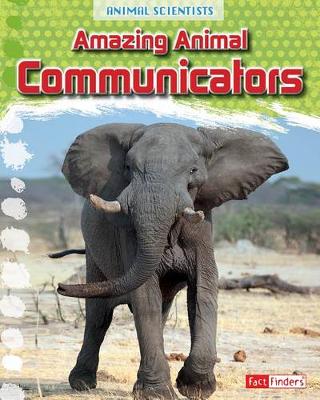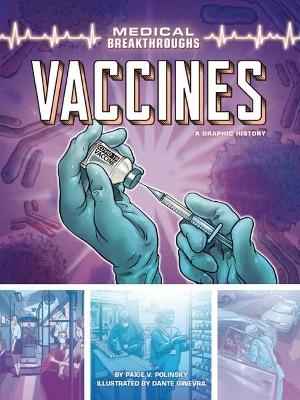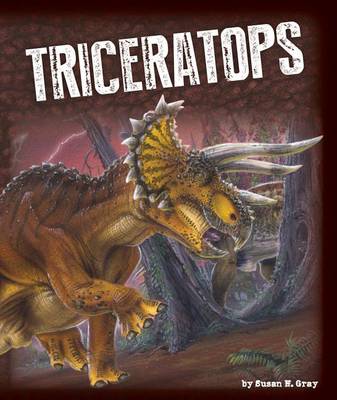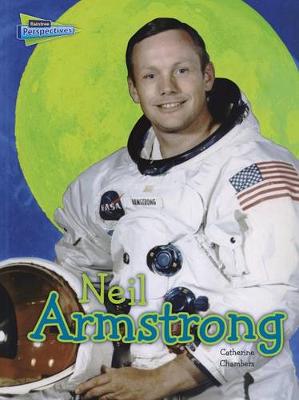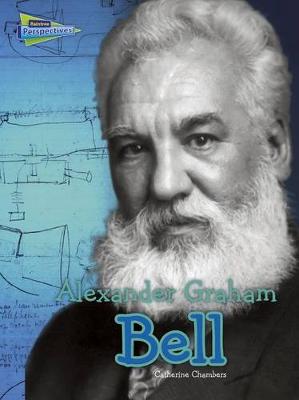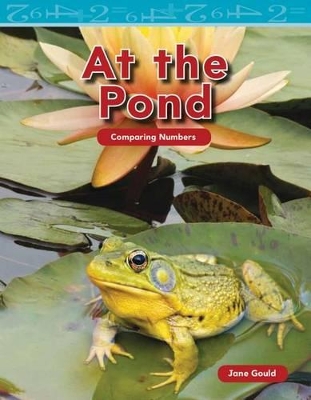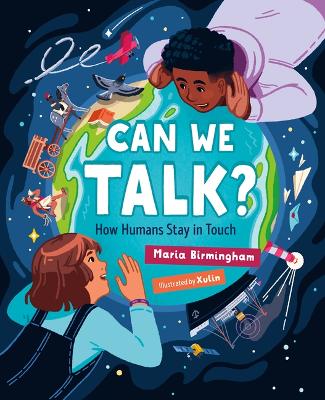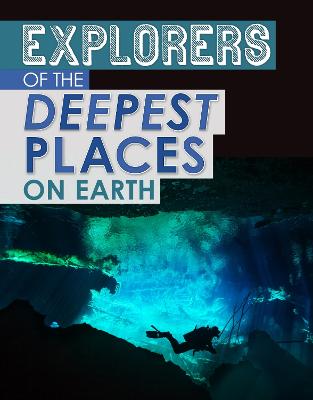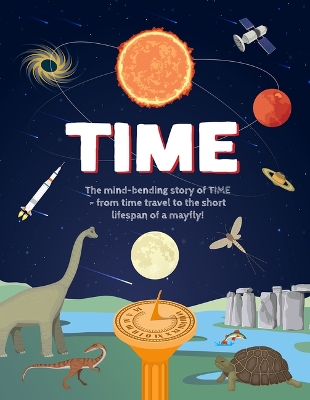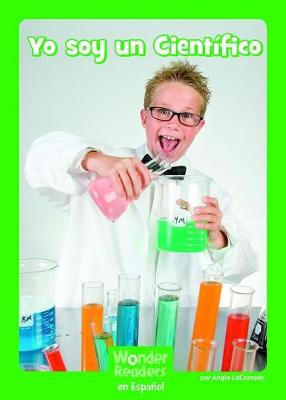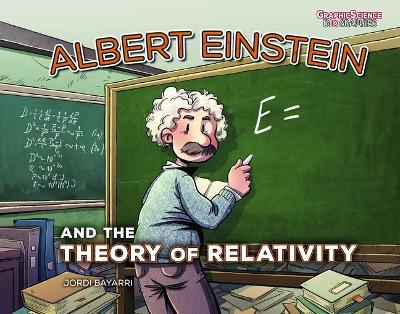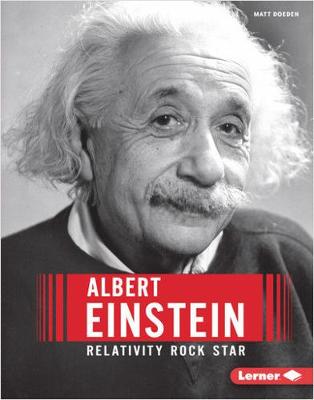The Discovery of the Dinosaurs (Marvelous But True, #4)
by Jan Leyssens
The fourth book in a series about scientific wonder. Dreaming, daring, thinking, and doing. For little researchers ages 6 years and up. The early nineteenth century. Mary Anning is only twelve years old when she discovers her first dinosaur skeleton while looking for fossils to sell. It isn’t just any skeleton; it’s the first almost complete Ichthyosaurus ever found. Over the next few years, more dinosaurs follow. Although Mary doesn’t get admitted to a university, her research would later form...
¿De qué está hecho el universo? ¿Cómo se forma el arco iris? ¿Qué es el vacío? ¿Existe la antimateria? ¿La materia radioactiva es siempre dañina para la naturaleza? Más allá del átomo responde a todas estas preguntas y explica las teorías más interesantes del descubrimiento del átomo, la creación del universo y el origen de la luz. Podrás conocer, además, lo que se está haciendo hoy en materia de investigación nuclear y aprender sobre el maravilloso mundo de la física y sus aportaciones...
Magical Museums: Adventures in Natural History (Magical Museums)
by Ben Hubbard
A magical journey of scientific discovery begins here! Four friends, the Museum Kids, are off on an incredible adventure to discover the creatures of the past at the Natural History Museum. A magical lift takes them to meet the Earth's first life-forms, the dinosaurs in their habitat, the woolly mammoth in the ice age and much more. Fun, interactive and with lots of facts to discover, this book is perfect for all curious kids.Magical Museums is a series of picture books that follows the adventur...
History Stinks!: Poo Through the Ages (History Stinks!)
by Suzie Edge
What's that smell? It's HISTORY - and it STINKS!Did you know that you can discover loads about history just from the loo? Or piles about the past just from a poo? If not, then get ready to discover everything from Henry VIII's dodgy diet and Aztec poop canoes to giant, fossilizsed Viking plops, poo-tastic Roman plumbing, the stinky secrets of Victorian sewers, smelly cesspits, medieval muck and more.From Saxons and Tudors to ancient Greece, the Indus Valley and beyond, Poo Through the Ages featu...
In this eye-grabbing book, readers learn all about probes. Short paragraphs of easy-to-read text are paired with plenty of colorful photos to make reading engaging and accessible. The book also includes a table of contents, fun facts, sidebars, comprehension questions, a glossary, an index, and a list of resources for further reading. Apex books have low reading levels (grades 2-3) but are designed for older students, with interest levels of grades 3-7.
All in a Drop: How Antony van Leeuwenhoek Discovered an Invisible World
by Lori Alexander
For fans of the "Who Was" series, this lively, accessible, and full-color chapter book biography shows how a self-taught scientist was the first to observe the microbial life in and around us. By building his own microscope, Antony van Leeuwenhoek advanced humanity's understanding of our oft-invisible world around us. Microbes are everywhere: in the soil and oceans, in snow, and inside our bodies. But in Antony van Leeuwenhoek's time, people believed that what they saw with their own eyes was a...
The Story of the Okapi (Fabulous Animals) (Young Explorer: Fabulous Animals)
by Anita Ganeri
We see unusual animals in the zoo or on TV, but have you ever wondered how they came to be discovered? Some of these animals were so strange and different that they were originally thought to have been invented or made up. These books tell the story of some of those animals: the reports of their first discovery and people's reactions to them, the search for evidence of their existence, and how they became recognized as real animals. The books also describe the animals themselves and what makes...
Ammonoids (Exploring Dinosaurs and Prehistoric Creatures) (Exploring Dinosaurs)
by Susan H Gray
Oviraptor (Exploring Dinosaurs and Prehistoric Creatures) (Exploring Dinosaurs)
by Susan H Gray
Describes what is known about the physical characteristics, behavior, habitat, and life cycle of this small, bird-like dinosaur.
Triceratops (Exploring Dinosaurs) (Introducing Dinosaurs)
by Susan H Gray
What animals and plants can you find at the pond? Count to find out how many there are. Then compare to find out if that number is greater than, less than, or equal to other things at the pond. With vibrant photos, math charts and diagrams, simple informational text features to help navigate the book, and easy-to-read, repetitive text, beginning readers will learn real-world applications of math skills as they learn to compare numbers and build their STEM skills.
Explorers of the Deepest Places on Earth (Extreme Explorers)
by Peter Mavrikis
Did you know the deepest parts of the ocean are still largely unexplored? Courageous explorers risk their lives to go to these great ocean depths. Other explorers journey into deep volcanoes, caves and mines. Who are they and why are they seeking a glimpse of the world deep below the Earth's surface? Turn the pages to find out!
The Story of the Kangaroo (Fabulous Animals) (Young Explorer: Fabulous Animals)
by Anita Ganeri
We see unusual animals in the zoo or on TV, but have you ever wondered how they came to be discovered? Some of these animals were so strange and different that they were originally thought to have been invented or made up. These books tell the story of some of those animals: the reports of their first discovery and people's reactions to them, the search for evidence of their existence, and how they became recognized as real animals. The books also describe the animals themselves and what makes...
Albert Einstein and the Theory of Relativity (Graphic Science Biographies)
by Jordi Bayarri
